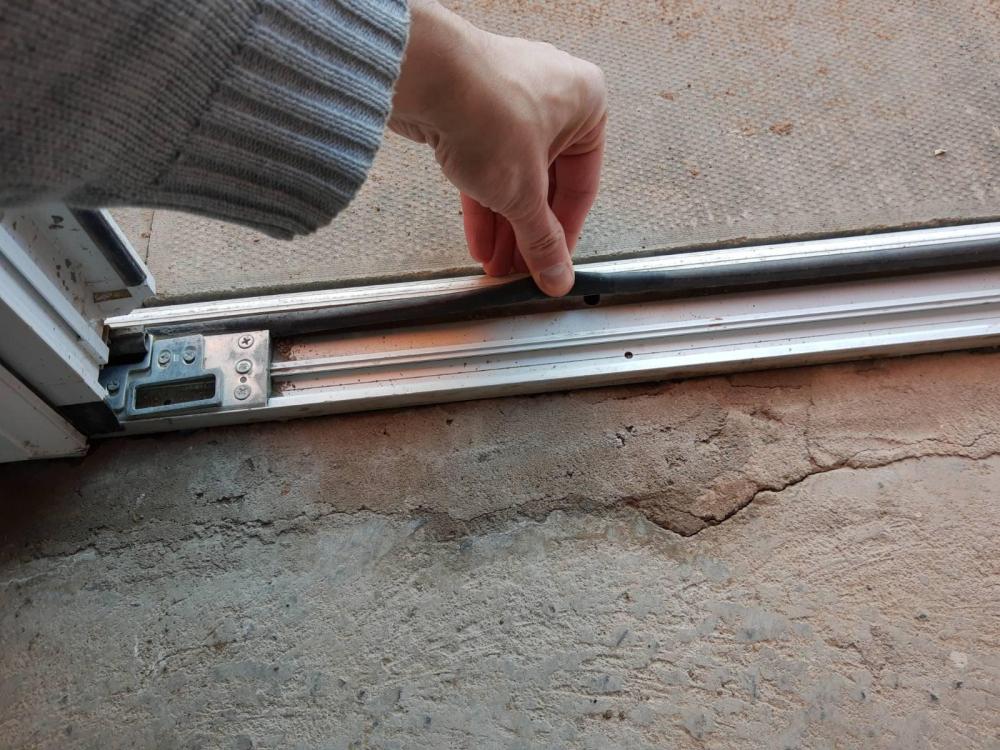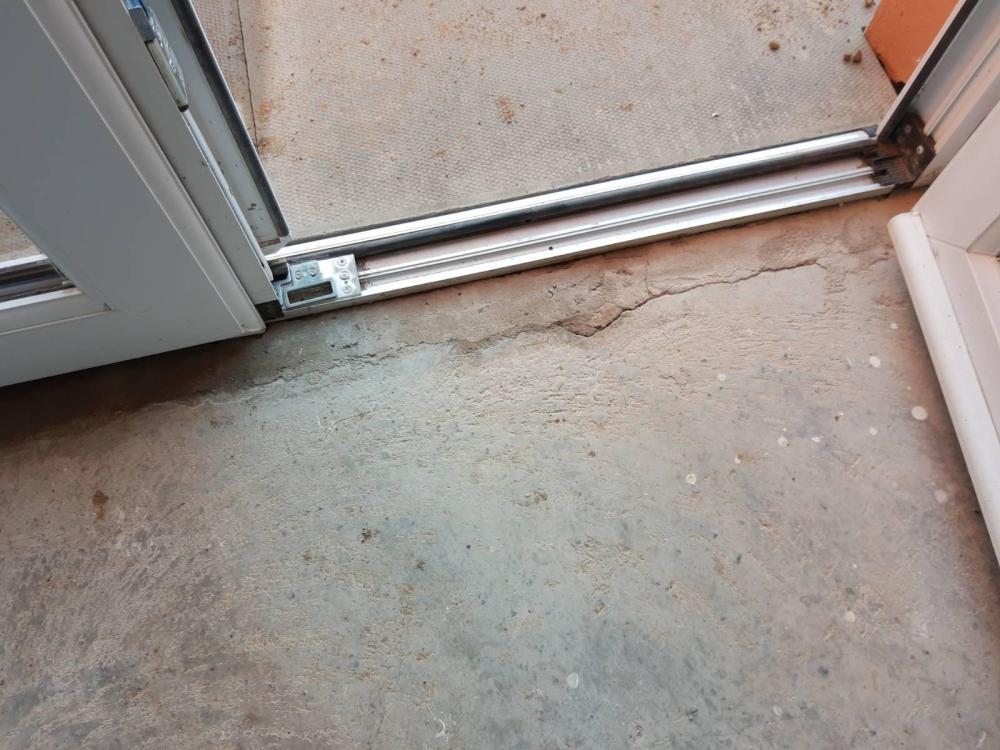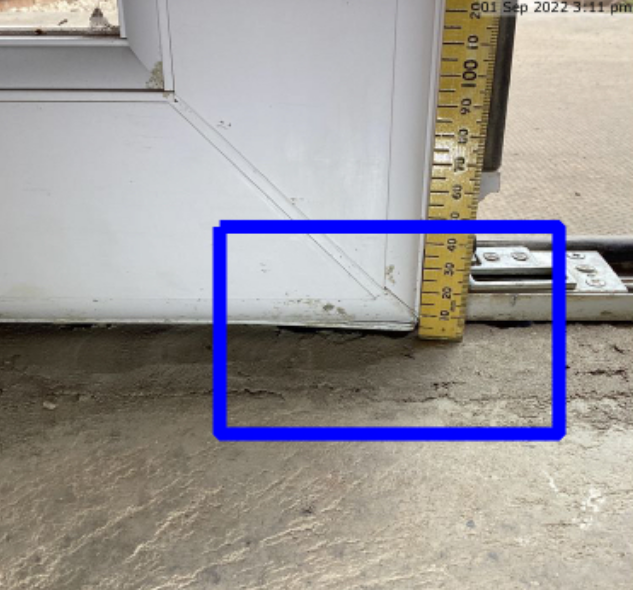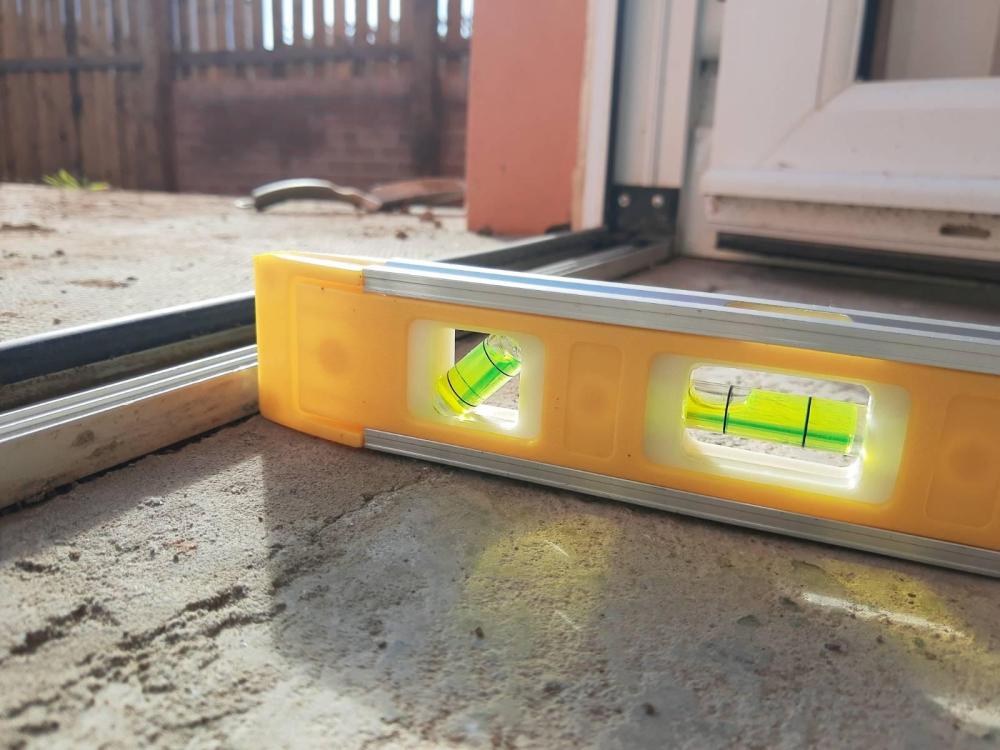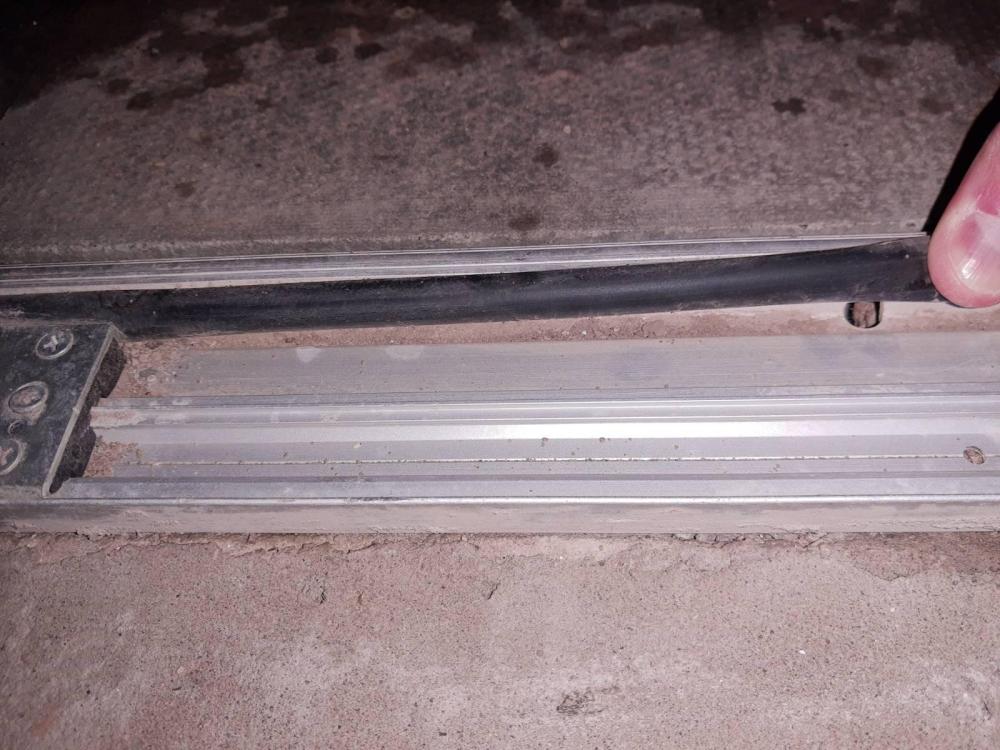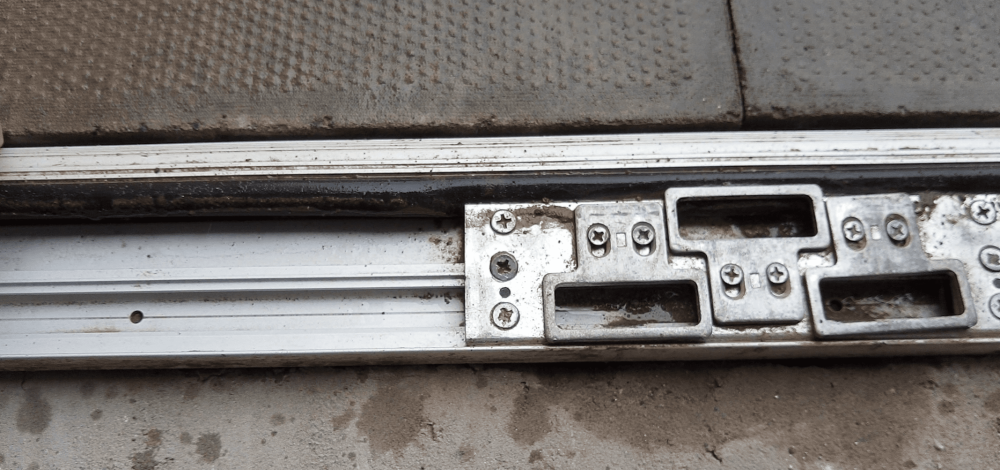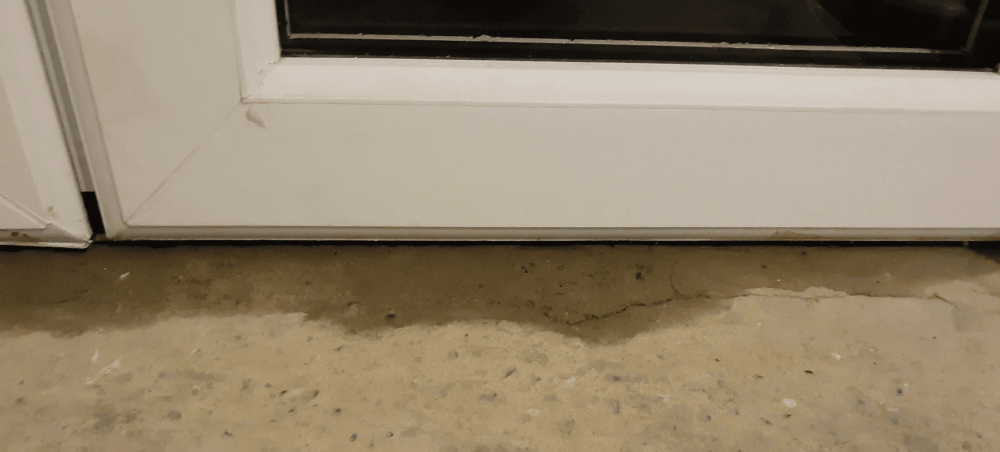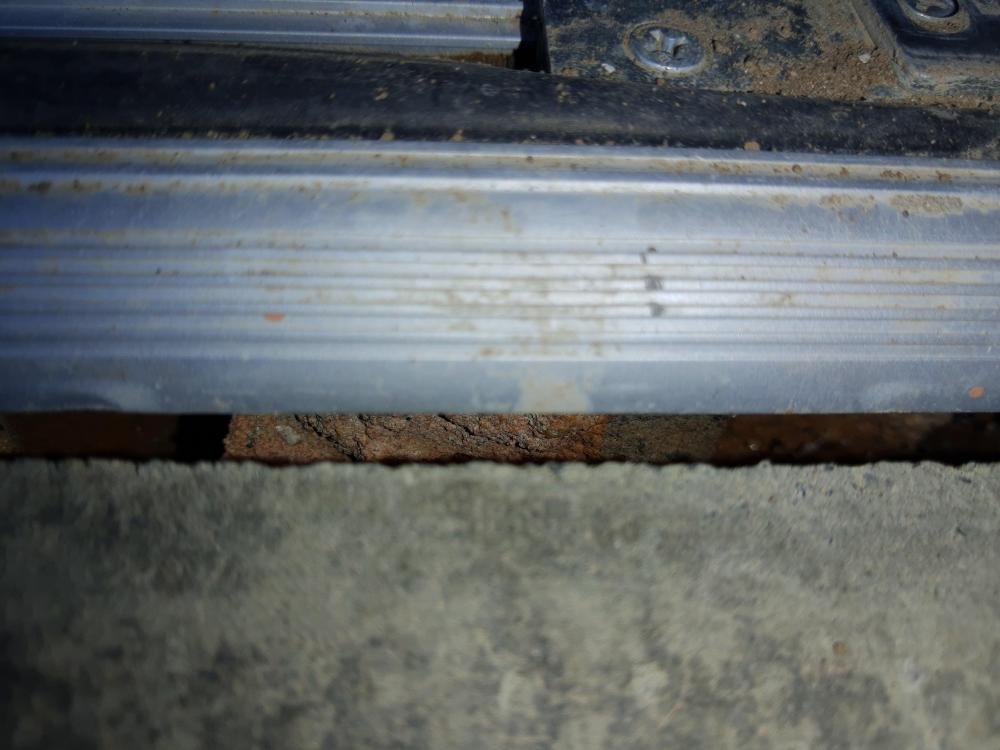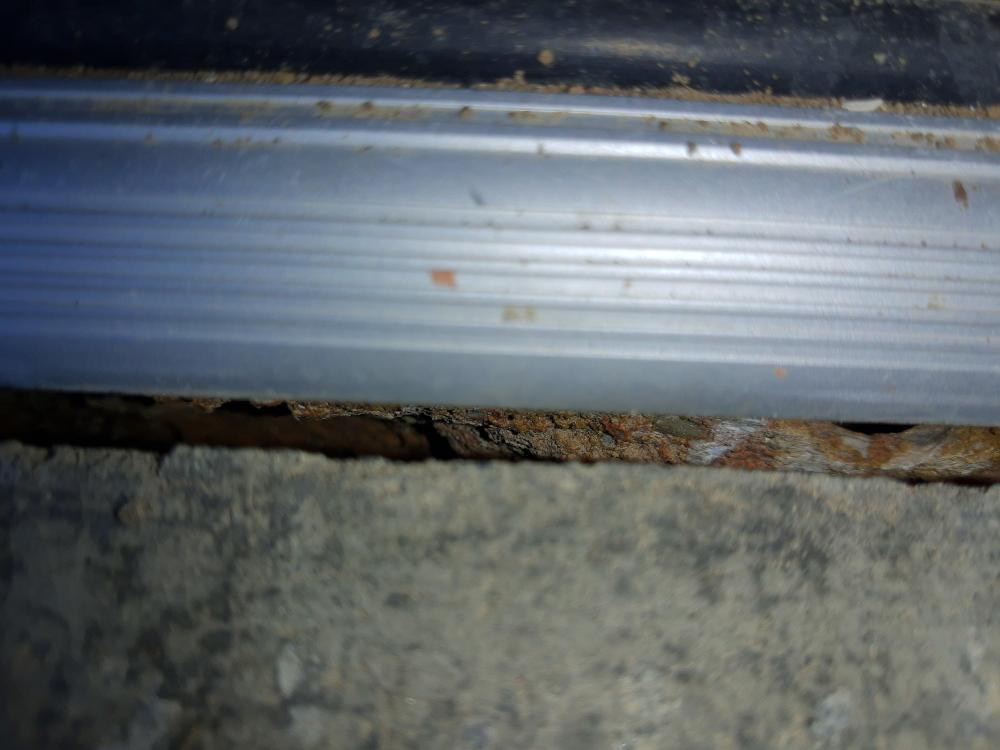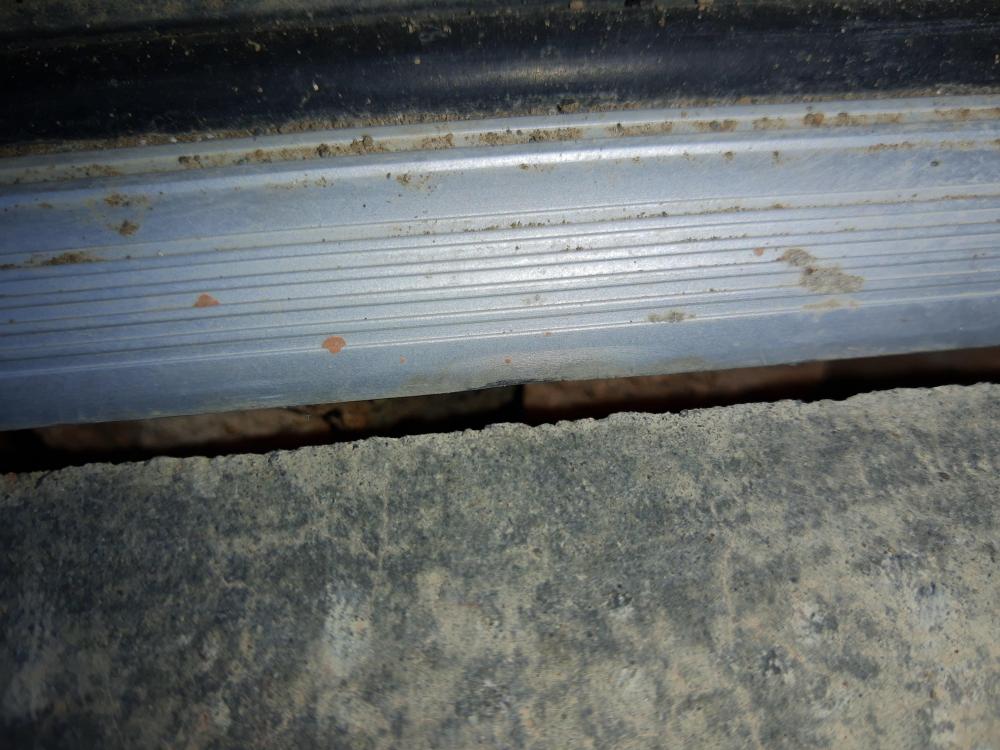
Tamdray
Members-
Posts
5 -
Joined
-
Last visited
Recent Profile Visitors
The recent visitors block is disabled and is not being shown to other users.
Tamdray's Achievements

New Member (2/5)
0
Reputation
-
It seems that there must be only one accessible entrance to the house. If the main entrance does not comply with the Part M the french doors must, which is the case with this house as I have steps to main entrance. The house was completed in August, which may mean that the Part M applies/applied, if I understand it correctly. I am going to try to demand from the developer that they replace the French doors with new and accessible doors although I am rather pessimistic that they acquiesce. I think I may end up with a non-accessible doors being installed in a way that prevents water ingress but I fear they are going to do it wrong again. I think I will need to call NHBC and also learn what my rights are. Another problem I have is that I do not know how I can reciprocate your invaluable help. Perhaps I can send you private message about the area of business in which I can offer you free advice as barter.
-
-
I have found this passage in The Building Regulations: 'Optional requirement M4(3) (2)(b) applies only where the planning permission under which the building work is carried out specifies that it shall be complied with.' I have also found the definition of Accessible Threshold there: 'A threshold that is level or, if raised, has a total height of not more than 15mm, a minimum number of upstands and slopes and with any upstands higher than 5mm chamfered. Other acceptable solutions are described in Accessible thresholds in new housing – Guidance for house builders and developers, The Stationery Office Ltd. ISBN 0 11 702333 3. 1999.' Even though the maximum height is specified, the minimum height is not, if I understand it correctly. The only place where the minimum height is mentioned is the text on the aforementioned building.co.uk website, however, they do not appear to be an authoritative or regulatory organisation and therefore I do not know whether I can quote or trust them. They claim: 'The transition between the lower threshold unit and the internal floor level should accommodate accessible transfer for ambulant disabled people and wheelchair users, while enabling occupants to vary the type and thickness of floor coverings.' I am becoming fixated with or obsessed over the doors and I inspect them every time I am in the kitchen, which is often as I like cooking But this preoccupation has led to another discovery: the floor is not level - it is higher next to the threshold of the doors (please refer to the photographs). When the doors are open, the height is about 14mm, which I remeasured as my very professional measurement tool does not show it clearly. I do not feel comfortable in speculating and employing my limited imagination so I do not know whether leveling the floor and filling the gap to allow a satisfactory height of the threshold to accommodate floor covering may be a solution or it makes it all worse but strengthens the argument of having the doors replaced or taken out. I have found what looks like the secret drainage but I am unable to establish if the holes are designed or drilled. The manufacturer's specification is in Excel file with macros (https://www.ukwg.co.uk/technical-support), which I cannot open because I have Linux OS but I will ask a friend of mine to have it checked for me. Nevertheless, there is nothing on their website mentioning about accessibility or wheelchair access/design. That's it for another day of drama, research, education, worring ...
-
I am so grateful for your comments and help. I had been clueless, without arguments and pessimistic about a positive outcome before I read your responses. I thought about finding someone local to help me resolve the issue and argue/reason with the builder on my behalf but then how would I find someone who is competent? I could end up with the same person/company who was subcontracted by the builder to fit the doors in the first place. On the one hand, I understand that it is not the builder who did the poor job but on the other hand, should the builder not have a quality control process in place? There has been some positive development today. The builder proposed to use a solution similar to the one described on the website from my first post i.e. https://www.building.co.uk/cpd/cpd-7-2015-level-thresholds-and-water-ingress/5073874.article, and although they are trying to avoid taking out the doors and fitting it again it seems that they are considering the option, and I think that thanks to your elaborate comments I will be able to reason and persuade them or even demand it from them. The only aspect they are adamant about is the necessity for wheelchair access, which puts me in the position of conducting research on actual building regulations and learning whether they must apply. Thank you, @Temp for mentioning the Part M. Depending on that, I will be either be arguing for taking out the frame and fitting it with the threshold height accommodating flooring of my choice or fixing it in accordance to your suggestions. I trust you all entirely and I would like to have the frame removed and refitted but I am not sure whether I will be able to win the 'building regulations' argument.
-
Hello, Forgive me if this is not a right place for this post but I do not know where to look for advice, and I would appreciate it if anyone could direct me to a right organisation or person. I have a problem with the French doors in the new build that I have recently purchased. Description of the problem: - “French door are approximately few 3mm of floor level” as reported on a snag report (snagging was conducted by an independent company – picture 1), - “Door frame is level with floor slab”, as reported on the snag report (picture 2) - “frame at ground level secured to nothing it moves”, as reported on the snag report (picture 2), - The gap between the floor and the bottom of the French door does not allow to lay flooring other than vinyl sheet, according to a flooring company, - The concrete inside the house next to the ground part of the frame becomes wet when it rains (Picture 3a and 3b) - My neighbours also noticed the ingress of water next to their French doors. The builder’s respond: - The French door has been built/installed correctly as it is for wheel chair access and this is the reason why the door frame is level with floor slab and why the frame must be loose. - The water ingress should not take place and DPC tape/insulation will be used between the concrete floor and the bottom door frame to prevent the ingress. The fix will take place when the concrete becomes dry. My points are: - When comparing the build, design, condition or installation of the French door with the recommendation presented at https://www.building.co.uk/cpd/cpd-7-2015-level-thresholds-and-water-ingress/5073874.article (I am located in Scotland), I have a serious concern about the condition of the drainage (pictures 4a-c). I cannot lift the landing area to inspect it and provide better photographs. Instead of a drainage channel there is only a gap between the landing area and the door’s slab. In the gap, there seems to be nothing but earth ground (no concrete, no PVC element, or anything that would work a drainage system). However, what I am worried the most is that under the door slab there seem to be some randomly put stones or bricks with huge gaps, cracks and wholes in and between them. I think that these areas are responsible for the ingress of water. - If the above is correct, I think that the DPC tape/insulation will not solve the problem because the ingress of water takes place underneath and not between the slab and the concrete floor. Could you advise, please?

